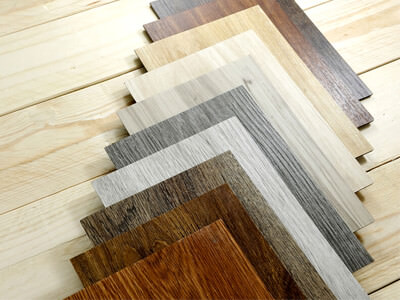If you thought all wood was created equal, this guide is for you. From understanding the differences between timber and lumber to exploring the most common options, you’ll soon be up to speed with everything you need to know about wood.
Wood is at the root of just about every building or DIY project. Whether you’re constructing a birdhouse or a new home for yourself, that’s where the builder’s journey begins.
What’s the Difference Between Timber and Lumber?
In the world of wood and wood products, the words “timber” and “lumber” are often used interchangeably. But they’re not the same thing.
- refers to wood yet to be harvested – wood that is still a living tree.
- Lumber refers to a processed piece of wood that conforms to set dimensions - lumber is processed timber.
You could also say that all lumber was originally timber, but not all timber will eventually be lumber.
Over the years, different secondary meanings have come to be associated with both words, too. In addition to the primary difference between them as described above, timber can also refer to any piece of wood with bark on it, while lumber is bark-less when both pieces have been processed to some degree.
The words’ usage also varies with geography. In Canada and the United States, lumber refers to wooden boards. In the United Kingdom and Australia, timber is used to mean the same thing.
How is Timber Graded?

Every species of wood has its own specific mechanical and physical properties. Each tree also grows according to its specific physical location and biomechanical needs, so the properties of every specimen are completely unique.
In fact, there’s so much variability that two pieces of wood from the same tree can be more distinct (according to their physical and mechanical properties) than pieces from two separate trees. These properties are assessed and graded for each piece of timber to be used in a building project.
The strength grading process shows you how well the pieces will work with a particular design in terms of delivering a safe final structure. The assessment is non-destructive and identifies and rejects pieces of timber that are of poorer quality. The strength, stiffness and density of the pieces that are passed are guaranteed.
Strength grading is done in two ways:
- Machine Strength
- Visual Strength Grading
Machine grading uses various sensitive technologies to assess moisture content, density (via X-rays), acoustic velocity, mechanical stiffness and the slope of the grain.
As the name suggests, visual grading is done by experts looking over and evaluating the timber. They consider grain slope, knot size and position, and other visible features. Ultimately, the goal is to arrive at the same information with both grading types.
Two very common strength classes in the United Kingdom are C16 and C24.
What is C16 and C24 Timber?
Both C16 and C24 are strength classes defined in European Standard EN338, which is a system of classes that can be used in design codes. They’re the most commonly used softwood timbers in the United Kingdom. They’re used in commercial and domestic projects, and each is ideally suited to their own load.
The C in C16 and C24 stands for conifer, representing the type of tree used in each grade. The specific properties of each type are listed below:
| Property | C16 | C24 |
| Bending parallel to grain (N/mm2) | 5.3 | 7.5 |
| Tension parallel to grain (N/mm2) | 3.2 | 4.5 |
| Compression parallel to grain (N/mm2) | 1.8 | 7.9 |
| Compression perpendicular to grain (N/mm2) | 2.2 – 1.7 | 2.4 – 1.9 |
| Shear parallel to grain (N/mm2) | 0.67 | 0.71 |
| Modulus of elasticity mean (N/mm2) | 8.800 | 10.800 |
| Modulus of elasticity minimum (N/mm2) | 5.800 | 7.200 |
| Characteristic density (kg/m5) | 310 | 350 |
| Average density (kg/m5) | 370 | 420 |
What do all of these figures mean?
Broadly speaking, C16 allows for considerably more defects than C24 does. The defects might affect the overall strength of the wood, as in the case of grain deviations, or be superficial and purely aesthetic, such as sap stains.
Naturally, then, the C16 is more economical than the C24, but it also has less strength and resilience. Often, C24 boards are imported, whereas C16 boards are domestic, which can also drive the C24 price up.
To decide which timber to use, you need to consider your specific project.
Is the aesthetic appearance important, or will you be painting the wood? Do you need the wood to be unusually strong and able to carry very large loads, or is typical strength acceptable? For both of these questions, C24 is recommended for the former case, and C16 for the latter.
What is CLS Timber?
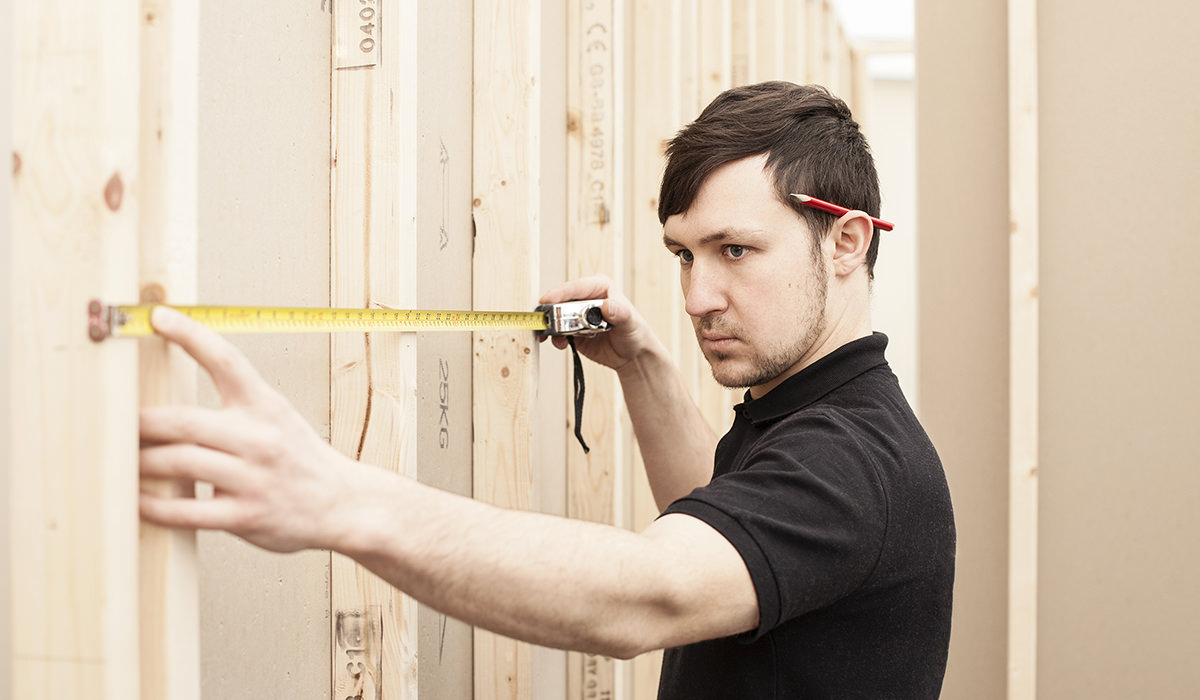
Canadian Lumber Standard (CLS) timber was originally made in Canada. Today, it is a popular choice for many builders because of its strength and durability.
Usually, it’s made with spruce, pine or fir that is dried in a kiln and then treated and planed. Finally, the timber is finished with rounded edges to allow for accuracy and precision in construction.
You’ll find CLS timber in a range of sizes to suit various needs. Visually, it’s pleasing, with a neat finish that also takes paints, preservatives and stains well. In the United Kingdom, it’s used primarily for internal partitioning, timber-frame construction, carcassing and framing.
Since it has rounded arrases and is surfaced on all sides, it’s also perfectly suited to internal stud walling. Grading, according to the EN338, can be C16 or C24, depending on the individual pieces of wood.
What is Tanalised Timber?
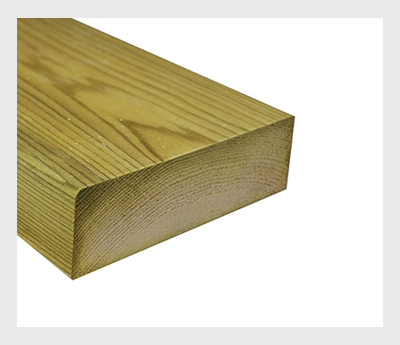
Tanalised timber refers to pieces of timber that have been pressure-impregnated with Tanalith E, meaning that the chemicals are forced into the wood under extreme pressure. The preservative provides excellent, long-lasting protection against insect activity and wood decay, and is made of a unique combination of organic biocide ingredients and copper.
The formulation has been tested extensively and is approved under the European Union’s Biocidal Product Regulations, so you can trust its quality and safety. Though Tanalith itself is a brand name and the chemicals that a specific manufacturer uses might have a different name, their effect will be the same. You’ll be able to see a clear stamp that shows the timber is Tanalised.
The inside and outside of Tanalised wood can last up to 60 and 30 years, respectively, making it a great choice for any outdoor structures. Treatment isn’t necessary, but it is recommended to stop the discolouration that can happen over time.
To treat your timber, simply paint it with a coat of Tanalised wood treatment annually after the first year. If you prefer, you can also coat it with coloured wood paint – just make sure you apply some of the preservatives first, to seal it. Otherwise, the moisture content will prevent the paint from sticking.
What is PSE Timber?
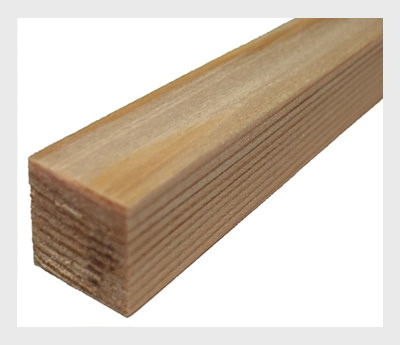
The PSE in PSE timber stands for Planed Single Edge. This timber has just one side planed, while the other three are rough. This is in contrast with Rough-Sawn timber, where all four sides still bear the roughness created when the wood was sawn and Planed All Round (PAR), which means that all sides have been smoothed.
Planed Both Sides (PBS) describes timber in which two of the four sides are smooth, and two are left rough. If you need just one side of your wood to be planed for safety or personal preference, PSE is a great option. For flat shelves, external cladding and flooring, it’s a moneywise choice, since with just one planed side, it’s less costly than PBS or PAR.
What is Redwood Timber?
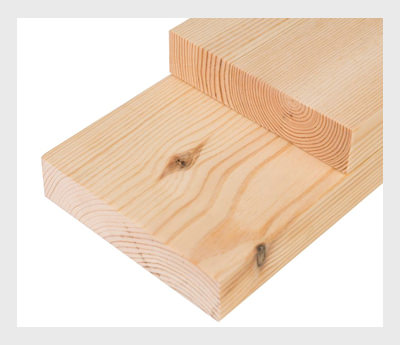
Redwood is an exceptionally beautiful type of softwood, with heartwood colours that range from a light pinkish brown to a deep reddish brown. The trees can be found in America and Europe, and the quality of the timber is affected by the trees’ elevation, soil, climate, and other conditions.
Strong and moderately hard for its weight, although a softwood variety, redwood is easy to plane and is durable while also being quite light. Redwood timber can be used very successfully in cladding, along with internal construction and joinery.
Know Your Wood
By now, it should be obvious that no two pieces of timber are the same, and each piece can be characterised in many different ways. Redwood, Canadian Lumber Standard and Tanalised timber can all be Planed All Round, Rough Sawn, Planed Single Edge or Planed Both Sides, and could be graded as C16 or C24.
You’re going to need to weigh all of these factors up when you’re selecting the timber for whatever it is you decide to build.
Don’t forget that our team of experts is also available to answer any questions you may have about timber types or other construction concerns. At Buildworld, we sell the best Timber & Sheet Materials, whether you’re a Yankee looking for lumber or a Brit who’s in need of some timber.
Related Articles
Category
Doors & WindowsPosted On
9th January 2025